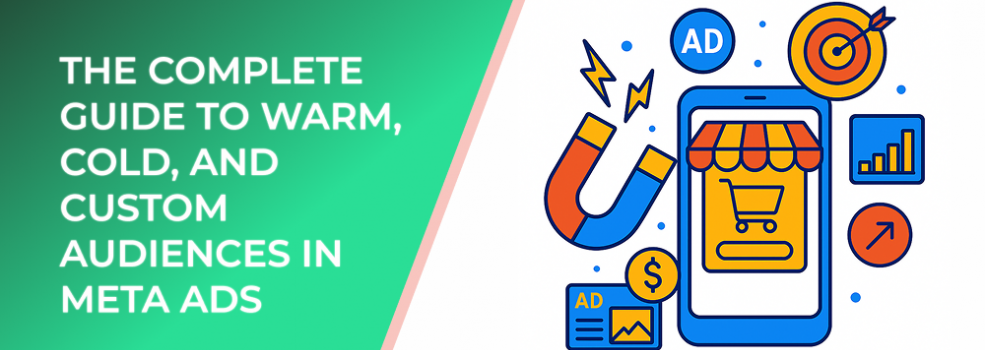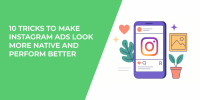Retargeting is one of the most effective strategies in digital advertising, especially for e-commerce brands. With thousands of potential buyers visiting your website every day, most will leave without making a purchase. Retargeting helps you bring them back and guide them through the conversion funnel.
Why Retargeting Matters for E-Commerce
According to data from AdRoll, website visitors who are retargeted are 70% more likely to convert compared to those who aren’t. Moreover, the average click-through rate (CTR) of a retargeted ad is 10 times higher than that of a standard display ad. For e-commerce brands, these numbers translate directly into higher sales and improved return on ad spend (ROAS).
1. Segment Your Audience
Not every visitor should see the same ad. Divide your audience into segments based on their behavior:
-
Product viewers: People who browsed specific products but didn’t add them to the cart.
-
Cart abandoners: Users who added items but didn’t complete checkout.
-
Past buyers: Customers who made a purchase and can be encouraged to return.
Using audience segmentation in LeadEnforce allows for personalized ad delivery, ensuring each group sees relevant offers.
2. Use Dynamic Product Ads
Dynamic ads automatically display products that users viewed or added to their cart. According to Facebook data, dynamic product ads can reduce cost per acquisition (CPA) by up to 50% compared to static ads. They are ideal for large catalogs and help customers rediscover what they were interested in.
3. Optimize Frequency and Timing
Showing your ads too frequently can lead to ad fatigue and reduced performance. A good rule of thumb is to limit frequency to 5–10 impressions per user per week. Also, retarget users within the first few days after their visit, when intent is still high.
4. Exclude Converted Users
Avoid wasting budget on people who already converted. By excluding existing customers or recent purchasers from your retargeting campaigns, you can focus your spend on those who still need a nudge to buy.
5. Use Sequential Messaging
Sequential retargeting involves showing different messages at different stages of the buyer’s journey. For example:
-
Day 1–3: Show the product they viewed.
-
Day 4–6: Offer a limited-time discount.
-
Day 7–10: Highlight social proof, such as reviews or testimonials.
This gradual storytelling increases conversion rates and builds trust.
6. Combine Retargeting with Email and SMS
Multi-channel retargeting produces better results. Studies show that combining display retargeting with email reminders can increase conversion rates by up to 30%. Integrate your retargeting lists with email marketing platforms to create a unified user experience.
7. Measure and Refine
Track essential metrics like ROAS, frequency, CTR, and conversion rate. A/B test your ad creatives and copy regularly to find what resonates best. Continuous optimization ensures your retargeting strategy stays effective over time.
Final Thoughts
Retargeting isn’t just about bringing users back—it’s about guiding them toward making confident purchase decisions. By applying segmentation, timing, personalization, and data-driven optimization, e-commerce brands can significantly improve their campaign performance.
Suggested reading from LeadEnforce:

